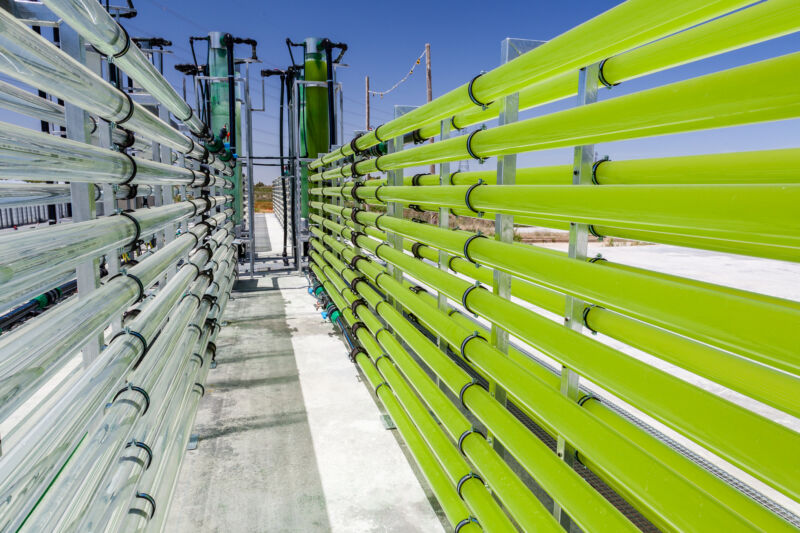
What will it cost if the climate exceeds the Paris Agreement temperature goals this century—even if we later remove carbon dioxide from the air and manage to bring temperatures back down to meet those targets by 2100? And how does that compare with the costs of staying below those targets?
Most plans that are consistent with the Paris Agreement goals assume that temperatures will rise above 1.5° or even 2° C before 2100. They then heavily rely on the success and wide adoption of what are called negative carbon emissions techniques, which involve the removal of carbon dioxide from the atmosphere to bring temperatures back down. That’s a gamble for a number of reasons.
“Betting on being able to bring temperatures down after a larger overshoot is very risky because of the uncertain technological feasibility and because of the possibility of setting off irreversible processes in the earth system with even a temporary temperature overshoot,” wrote second author Dr. Christoph Bertram, of the Potsdam Institute for Climate Impact Research in Germany, in an email to Ars Technica. “Furthermore, such an approach would be unfair to future generations, as it basically would shift more of the mitigation burden on them.”
But the alternative—staying below those targets in the first place—is also a significant challenge. Only a few models have looked at such scenarios, and they’ve received relatively little focus in past policy discussions. But a recent study from an international collaboration of nearly two dozen climate modeling groups has systematically compared the economic implications of these scenarios using nine commonly used models. The results were unanimous—the economy will be better off if we don’t count on repairing the damage later.
Modeling the future
There are a lot of things that determine whether humanity can meet the targets set out in the Paris Agreement. Reducing carbon emissions will require significant action in the agriculture, transportation, and energy sectors, to name just a few of the key players. The economy, land use, population growth, climate mitigation strategies, and, of course, human behavior, all play important roles as well.
The models used to inform climate policies—called integrated assessment models—incorporate various combinations of all of these factors, as well as calculations of how they impact each other. These models are designed to answer “what if?” type questions to inform our policy options. In the case of this current research, the key questions were: "how will carbon emissions, temperatures, and the global GDP compare in the two scenarios" (i.e. if temperatures overshoot the Paris targets, even temporarily, or not); and "how will each of these likely turn out under the world’s combined emission reduction pledges (nationally determined contributions) as of 2020?"
Different research groups around the world have developed dozens of models, each of which more or less focuses on certain interactions. For example, one model, MESSAGE, is designed to explore how energy systems can meet demand at minimal costs. Another, REMIND-MAgPIE, focuses more on agricultural production and land use. Other models place more emphasis on environmental effects or technology costs; some even use game theory to predict the impacts of whether climate action is cooperative or not.
By comparing the outputs of nine of these different models, the result of this latest study is the most comprehensive and systematic effort to explore the economic attainability and consequences of current and potential strategies for meeting the Paris targets so far.
reader comments
282